Case Study ABB: The SIAM Vision
A field report from the SIAM Body of Knowledge co-author.
Markus Müller, Blueponte Co-Founder and Corporate Information Systems GRC Experience Manager at ABB writes about the journey to global IT at ABB. A field report by the SIAM Body of Knowledge co-author, who combines practice with theory, as we like to practice at Blueponte.
A vision conveys a long-term view.
Today I would like to write on the subject of “SIAM Vision”. Perhaps you will now think that visions are more esoteric. That may be true, but managers also need the creativity to describe their mission statement for the ideal state of the organization with a crisp statement. This has many advantages, for example a vision can show what a service integration function has to offer. A vision conveys a long-term view that describes how we would like to see our surroundings and ourselves in them. It shows the employees the meaning and describes the bigger picture of a desired target state.
And good visions also implicitly contain the value contribution of the organization. This gives you a direction with which the members of the organization, in this case the employees of a service integrator, can identify.
I worked on the vision with my management team in several workshops. In retrospect, this work was very valuable. We agreed that the fewer words the vision statement has, the better. We found this out simply by discussing the statements of larger companies, which from our point of view were very successful.
We finally came to the following statement for our SIAM organization: “We are the global conductors of integrated service operations”
Since I appreciate classical music very much and never miss an opportunity to be present at rehearsals with large orchestras with their conductor, I have been able to study the interactions between conductor and orchestra over and over again. I found many of them fascinating, because the way in which successful conductors deal with the individual groups in the orchestra is neither based on a relationship that one calls “the conductor is the king” or “the conductor is the supplicant” could. Rather, I had the impression that they were treated very respectfully on an equal footing. Conductors like to describe what they would like to hear from the musicians in a very graphic way.
At the time, I took this as a model to describe the ideal state in which managers at the integrator should best talk to the managers at the service providers.
The conductor with his orchestra.
I chose the familiar image of how a conductor interacts with the orchestra in order to make the employees in my organization understand what we stand for as integrators and what justifies our existence. It is easy to understand what a network department or a hosting tower does in an IT organization. What an integrator does is not that easy to understand. That is why we were certainly seen like a foreign body in ABB’s IT environment at the time.
If I had only described this in many PowerPoint slides, we would never have gotten any further. We made real progress in dealing with us as integrators and the many service providers when we really exemplified SIAM in the way we dealt with everyone.
Originally I wanted to find a caricature in which the conductor looks at the orchestra and all the musicians have their backs to the conductor, because that was actually the situation I was in when the journey began.
How did we finally turn the tide? In retrospect, I am convinced that the visual part of our vision contributed to this. I could have woken everyone in my team at some point during the night to ask about the vision and they would have told me who we are without hesitation: “global conductors of integrated service operations”.
Ideally, a vision should be self-explanatory. Nevertheless, I kept referring to it at larger events, e.g. when it came to communicating our SIAM strategy and our annual planning.
Two essential things.
Two things have turned out to be essential:
- We are there to keep the complexity of our supplier environment away from our customers so that the customers perceive an IT organization that is as coherent as possible without having to worry about the underlying networks of IT services.
- We are the function that drives the global standardization of processes and procedures in order to make operations as transparent, efficient and simple as possible.
Working out a vision in a team and creating it first for the team and then later for everyone else, that made communication about what I wanted to achieve a lot easier in retrospect. It pulled people in the same direction and gave their work more meaning.
Would you also like to reduce the complexity in your company and align your IT organization to SIAM? Contact us, we are pleased to help you.






